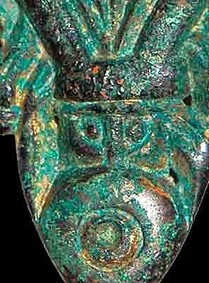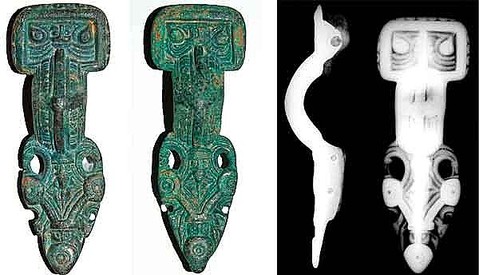Artefact Research
What is artefact research?
The role of an artefact researcher is to help the archaeologist to understand the site through the medium of the excavated artefacts.
An experienced artefact researcher will in the first instance:
* provide spot dates for individual finds
* identify the significant objects in the collection
* give feedback on date-range, cultural background and status
As post-excavation work proceeds, he/she will:
* calculate costs of research
* recommend analytical work in line with the project aims
* communicate with other project members
* establish contact with external researchers with relevant expertise
* produce catalogues which place the artefacts in their current type series
* disseminate findings as work progresses
The final report will use the artefacts to explore the following:
* the use of the site - religious, commercial, domestic or workshop activity can be identified from the range of artefacts and their distribution across the site
* the status of the occupants - nobility, merchants, artisans and agricultural workers leave behind different types and qualities of goods
* cultural background - art styles and technology reveal the cultural heritage of the people who made the artefacts
* trade contacts - standardised goods recorded at several sites and individual exotic objects demonstrate access to commercial networks
* gender studies – burial grounds are a particularly rich source of data on gender, children and social relations, but other types of site can yield supporting evidence, once one knows how to read the signs.
A good artefact researcher acts as a bridge between academic research and practical archaeology. Through them, new theoretical approaches can be tested on fresh material and the results fed back into the theoretical model. Even so, we at the Anglo-Saxon Laboratory believe that theory should be the servant not the master, and our focus is always on the site itself. Our aim is to support and supplement the work of the excavator and to use our skills to bring out the site's significance, so that it can make a contribution to the broader archaeological picture.
Every site has a story to tell and our job is to help the archaeologist to draw it out, using a combination of scientific analysis, historical research and archaeological theory.
A pair of 6th-century brooches from the cemetery at Saltwood, Kent. They belong to Haseloff’s jütländisch Group C and demonstrate the mingling of influences seen in Kent at this time. Although
their design is originally Scandinavian and they have been made using Scandinavian technology, their small size, pairing and proportions indicate that they were made to be worn with a Frankish coat.
These brooches were meant to trick the eye: how many faces can you see?
Photo courtesy of Oxford-Wessex Archaeology Joint Venture and CTRL (UK) Ltd




